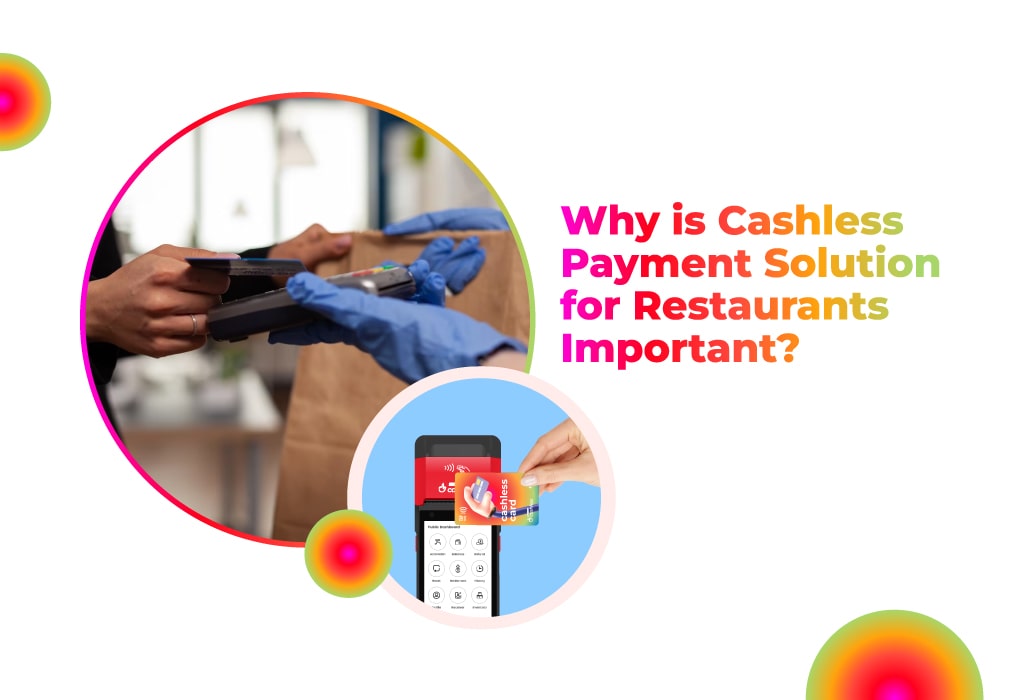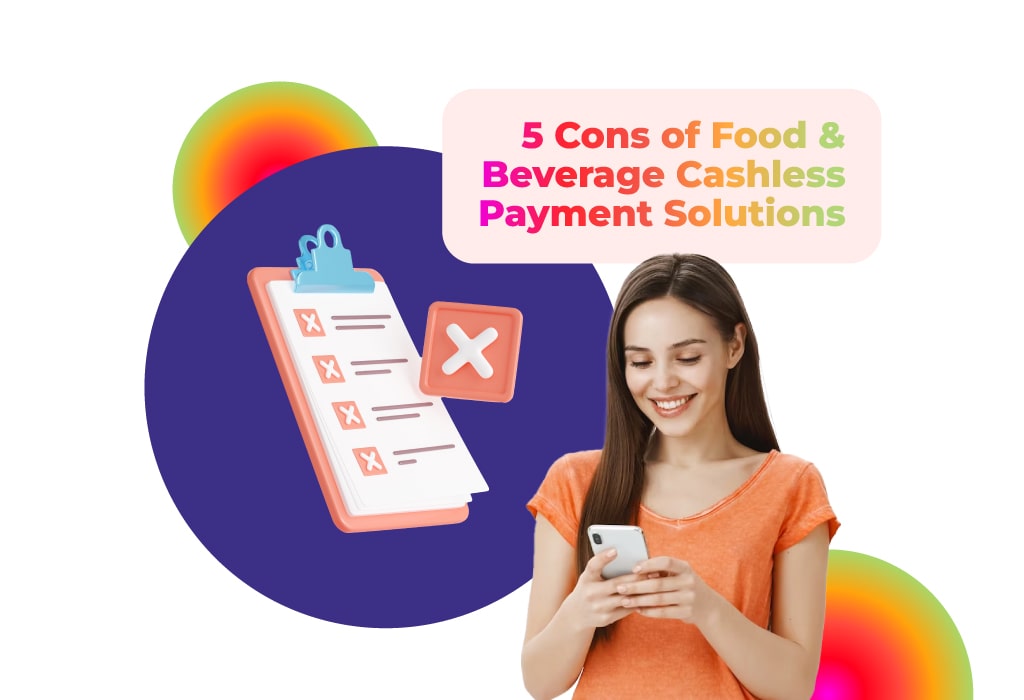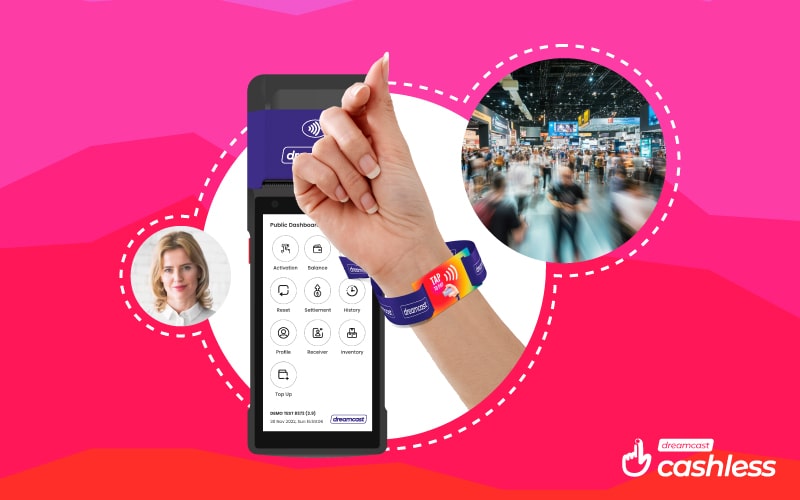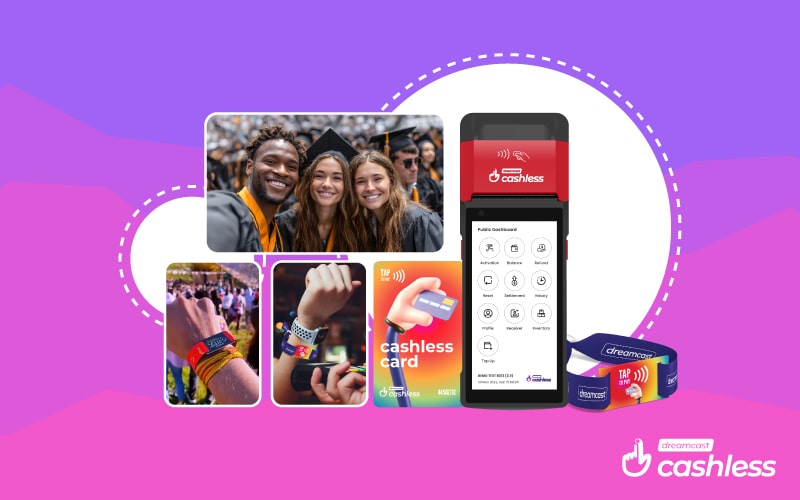With the increasing prevalence of digital technologies, we can witness a shift toward cashless payment for the food industry and restaurant businesses from traditional cash transaction methods.
This transformation offers a host of benefits for both customers and businesses alike. From enhancing customer convenience to streamlining operations, this shift signifies a fundamental change in how transactions are conducted and experienced. We will delve into the pros, and cons of the cashless payment solution for restaurants.
Why is Cashless Payment Solution for Restaurants Important?

Whether it’s a takeaway cafe, fine-dining restaurant, or food cart, it’s important to stay organized and maintain efficient customer service without sacrificing service quality. Thus, a cashless payment solution for restaurants and cafes can save payment processing time and minimize the possibility of human error and customer loss. Digital wallet users will exceed 5.2 billion globally in 2026, up from 3.4 billion in 2022, representing strong growth of over 53%.
Moreover, digital payment systems include virtual terminals or point of sale systems that allow your customers to choose takeout options or order online from restaurants in any location. It offers customers a convenient way to make payments with various payment options including EMV magnetic card or contactless payment. With minimal waiting time, your customers will be able to enjoy great food with the convenience of prompt service. It improves your business efficiency by allowing your employees to spend more time on customer service and food preparation.
Virtual terminals and POS systems can serve your business by taking orders from multiple locations. This system allows customers to quickly pay from any device (mobile, tablet or laptop) for their invoices and order tracking.

Pros of a Cashless Payment For Food Industry

Increase in Orders
Cashless payment for food industry increases the number of orders since people don’t need to carry cash which makes the ordering process faster, resulting in getting more orders for the takeaways. With the fall in liquidity, more people are likely to turn to online ordering and takeout. For high delivery-performing businesses, going cashless will benefit existing and aspiring players in the delivery industry. So it is important that you integrate online ordering into your POS terminal for the cashless restaurant business.
Ease of Operation
The cashless trend in restaurants eliminated the need to handle cash. Therefore, the trend of cashless payment for food industry and restaurants is rising. It made digital transactions easy, safe, and reliable. They are well registered and there is no way to create inconsistency. You will no longer have to worry and complain about incorrect reconciliations.
Better Customer Experience
Imagine going to a restaurant, hungry after a long day, and seeing a long line at the checkout. We are sure that you have also faced a similar situation at least once in your life and sometimes it can take away all our patience. A long line in the cash payment queue could result in dropping out your customers going to other restaurants. On the other hand, a cashless restaurant payment solutions can avoid lengthy delays and avoid panic. Since digital transactions are done by the customers themselves and are not dependent on your restaurant staff, it also saves your customers and employees a lot of time.
This seamless, time-saving experience increases overall customer experience and attracts customers to buy food from your restaurants again and again.
More Customer Data
Cashless payment Solution for Restaurants gathers transaction data every time a customer makes a purchase. This data includes details such as the items purchased, transaction amount, location, and time. Over time, these transaction records build a profile of each customer’s preferences, buying habits, and behavior.
With the collected data, businesses can personalize customer experiences. Thus, by understanding individual preferences and purchase history, companies can tailor offers, promotions, and recommendations to align with customers’ interests. Also, cashless payment data can be analyzed to predict future trends and customer behavior. This information is crucial for inventory management, anticipating demand, and adjusting business strategies.
Convenience in Logistics
The restaurant industry has a very complex logistics and supply chain. While logistics will continue to exist in the industry, the move to cashless restaurants could make tedious cash-related tasks easier. Also, you won’t have to waste time managing and returning correct cash to your logistics partners or worrying about late or incorrect payments or the risk of delays due to non-payment.
No matter what the transactions are, they will happen instantly and you will be notified of the exact amount involved in the transaction.
Easier Accounting
Accounting is the crucial aspect of every business to track income and expenditure and the restaurant industry is no different. By implementing a cashless POS system, restaurants can help simplify the process of tracking sales and payments. When every sale activity is recorded electronically, there is no need to manually count cash or worry about miscalculations and losing receipts.
Moreover, all transactions are consolidated automatically, which will facilitate the necessary tax and financial assessment more conveniently. This system can also help streamline accounting operations by integrating with other software. For instance, many POS systems can export data directly to accounting software, making it easier to create reports and update your books. That’s why business owners can save time and money on accounting using POS system for their restaurant as it comes out be a valuable tool.
Eliminates Risk of Theft
Businesses that conduct cash transactions are often the target of theft and dishonest employees. With cashless payment methods, you don’t need to carry cash as every transaction is recorded electronically, whether paid by card or mobile wallet.
It’s difficult to know and detect theft when cash is the primary method of payment. However, identifying discrepancies and tracking employee activities got easier with a cashless system. By requiring employees to log in and out, any inconsistencies can be isolated from their shift to hold them accountable.
Integrate of CRM software
Cashless restaurants can let you integrate and make use of your CRM software. Once you have a complete record of your customers’ transactions, you’ll eventually be able to collect data, including frequent food choices, eating habits, favorite meals and drinks, ordering patterns, and more. In these details, there are many opportunities to retain and attract customers by offering them different loyalty programs. When you capture relevant data about their preferences, you gain a better understanding of what it takes to keep your customers happy, and happy customers are one of your restaurant’s greatest assets.
5 Cons of Food & Beverage Cashless Payment Solutions

Certainly, here are five detailed cons of running a cashless restaurant business:
1. Exclusion of Certain Customer Segments:
Going completely cashless can exclude potential customers who do not have access to digital payment methods or those who prefer using cash. This includes individuals who are unbanked or underbanked, tourists who might not have local payment options, or even elderly customers who may not be comfortable with technology. By limiting payment options, you might miss out on a significant portion of your target market.
2. Technology Dependence and Glitches:
Relying solely on digital payment systems introduces a potential risk of technical failures, internet outages, or system glitches. If your point-of-sale (POS) systems or payment apps experience downtime, it can lead to delays in transactions and a frustrating experience for both customers and staff. Such disruptions can damage customer trust and result in lost sales.
3. Customer Privacy Concerns:
Collecting and storing customer data through digital payment methods can raise privacy concerns. Customers might worry about how their personal and financial information is being handled and protected. Data breaches or mishandling of customer information could lead to reputational damage and legal consequences for your business.
4. Resistance and Learning Curve:
Transitioning to a cashless model requires customers and staff to adapt to new technologies. Some customers might be resistant to change, finding it challenging to use digital payment methods. Your staff may also need training to effectively operate and troubleshoot these systems. This learning curve can slow down transactions and lead to frustration among both parties.
5. Regulatory and Legal Considerations:
In certain jurisdictions, accepting cash as a form of payment is a legal requirement. Going cashless might violate these regulations and lead to legal challenges or penalties. Additionally, there might be specific rules and guidelines for handling digital payments, and failing to comply could result in legal consequences or financial losses.

FAQs
Cashless payment systems can enhance customer experience by reducing wait times, offering convenient payment options, and enabling loyalty programs and personalized offers based on customer preferences and purchase history.
Cashless payment systems offer convenience and speed for both customers and businesses. They streamline the payment process, reduce the need for handling physical cash, and allow for easy integration with loyalty programs and digital receipts.
Cashless payment systems offer benefits such as faster transactions, reduced cash-handling costs, improved accuracy, increased security through encryption, and the ability to gather customer data for personalized marketing strategies.






